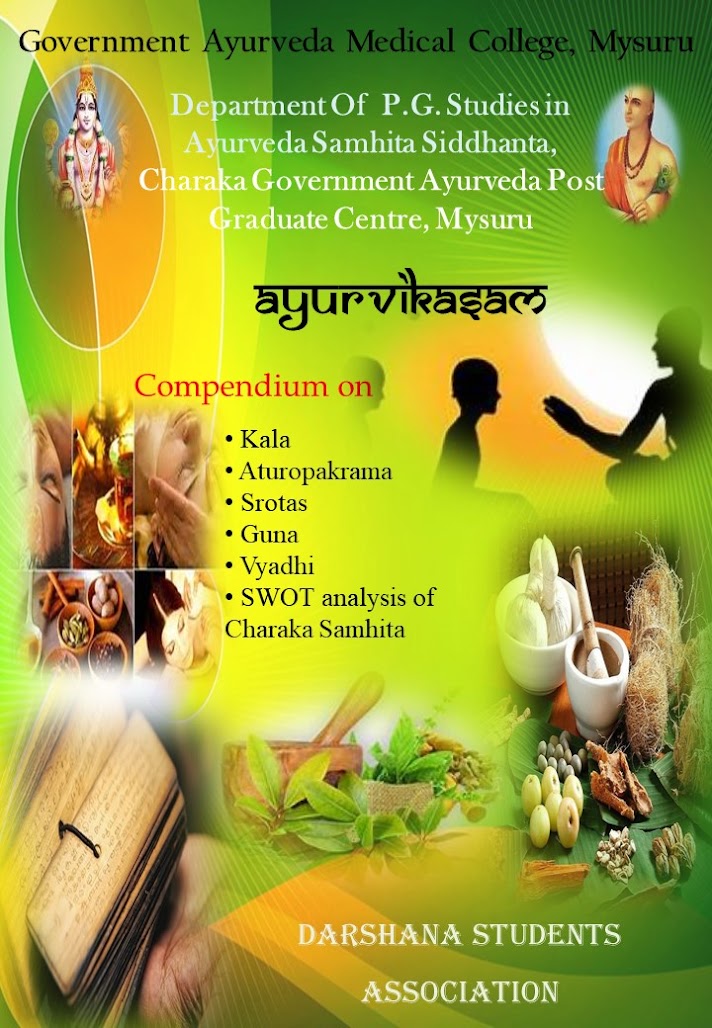“Darshana Vangamaya” ~ e-book
DARSHANA VANGMAYA- DARSHANA SERIES 7
Sushruta Samhita is one of the Brihatrayi, written by Acharya Sushruta. This text includes information’s about Ashtanga anga of Ayurveda with Shalya tantra as the Pradhana anga. All the ancient Indian Scientific literatures is composed in an esoteric manner and to decode this, commentaries play a major role. Every Mula grantha will have multiple commentaries written over it, and these commentaries try to simplify the concept from the main text, make the reader to connect with the views of the author and they also place their own view or understanding of the text which adds a multidimensional view to the Grantha.
In this purview, Sushruta Samhita, which has multiple commentaries written on it, amongt which most of them are partially available and very few are completely available. Dalhana vyakhya is the only one that is fully available and Bhanumati teeka and Gayadasa teeka are partially available. In the present paper, these three commentaries will be reviewed systematically for their special contribution in unveiling the text and for their way of composing and compiling the text.
Contents-
1. NOTE ON CRITICAL ANALYSIS OF NYAYA CHANDRIKA COMMENTRY ON SUSRUTHA SAMHITA BY GAYADASA ACHARYA.
2.NOTE ON CRITICAL ANALYSIS ON BHANUMATI VYAKHYA ON SUSHRUTA SAMHITA BY CHAKRAPANIDATTA ACHARYA
3. NOTE ON CRITICAL ANALYSIS ON NIBANDHA SAMGRAHA VYAKHYA ON SUSHRUTA SAMHITA BY DALHANA ACHARYA
“AYURVIKASAM”

.jpeg)

.jpeg)

.jpeg)

.jpeg)



.jpeg)
.jpeg)

.jpeg)
.jpeg)

.jpeg)
















.jpeg)
.jpeg)


.jpeg)

.jpeg)



.jpeg)

.jpeg)
.jpeg)